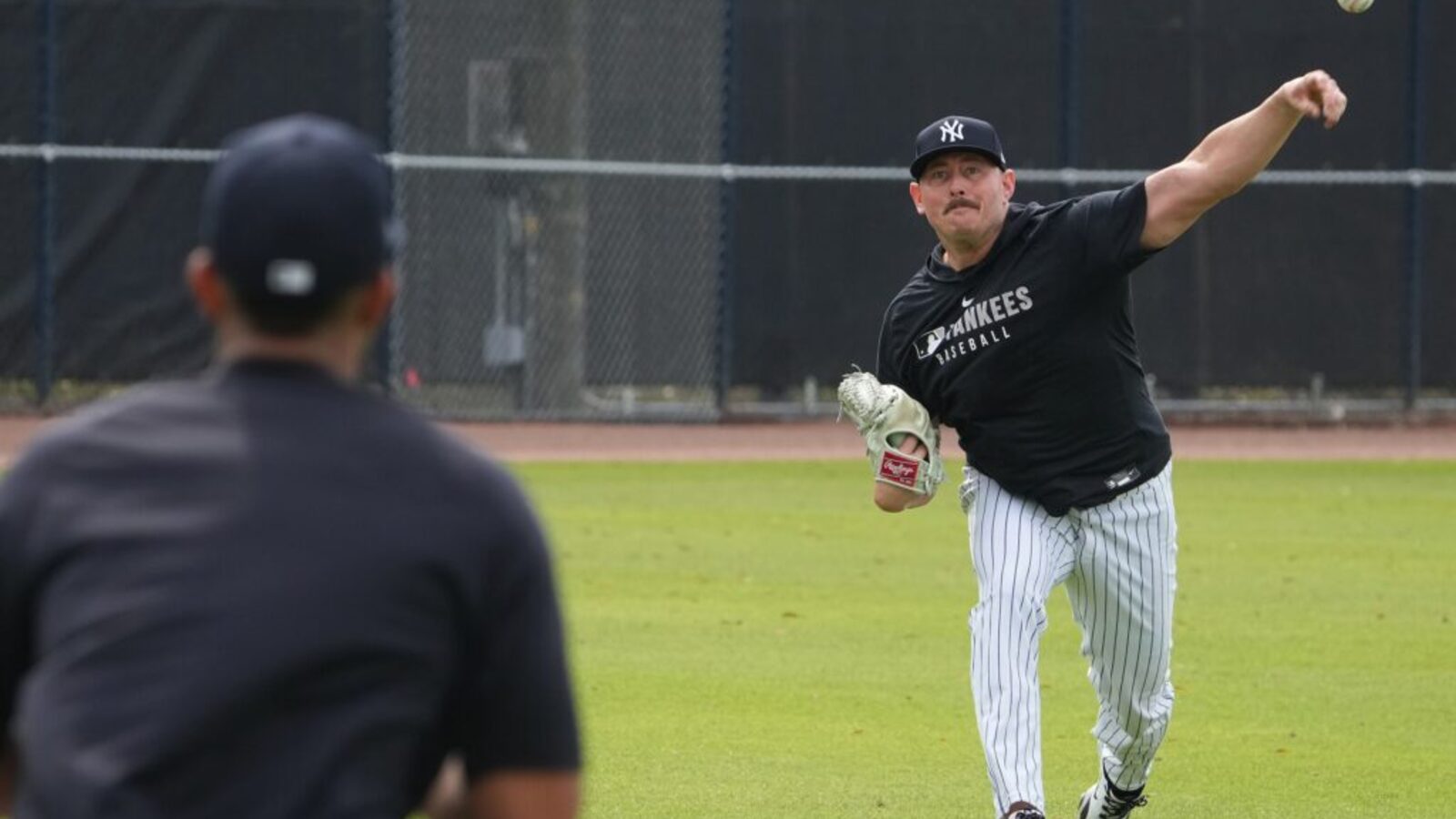My Son Has a Rare Syndrome. So I Turned to the Internet.

I did not know that anything was unusual until I was seven months pregnant. Inside the exam room, the technician dimmed the lights and stood astride her mysterious station. She worked her probe into the hard rind of my belly and offered selections from her trove of professional small talk: Do you know the sex? Have you picked a name? I wanted to slice the technician out of the scene, to watch my baby on the screen with silent focus, but I also wanted to seem normal and good. So when she said, “He’s sticking his tongue out,” I said: “Awwww. … ” The technician fussed with the machine. She twisted its dials and clacked at its keys and then left the room. The gel felt thick on my skin. I missed my phone. I wondered if there were any new work emails in there. When the technician returned, she ordered more poses and captured more shots. I had reported to the doctor’s office for a routine scan, but as in a dream, the routine kept repeating. I watched the technician map my baby’s face for secret reasons. For an hour I lay on her table, cold dread pooling inside my body. The doctor rapped on the door. He told me that he had seen something he did not like. He wondered if it could be a case of — he said a strange word, then another, then the word “syndrome.” The kidneys and torso were measuring large, he explained. The baby was growing very fast. The tongue was protruding from the mouth. It’s not supposed to do that. The information passed uncomprehendingly through me. I would be assigned a genetic counselor, a prenatal psychologist, an obstetrician who specialized in high-risk pregnancies. Amniotic fluid would be extracted from my uterus and sent for a battery of genetic tests. I asked the doctor to write the syndrome’s name on a piece of paper. “Don’t Google it,” he advised me. Of course, as soon as I seized my phone, I did.


















